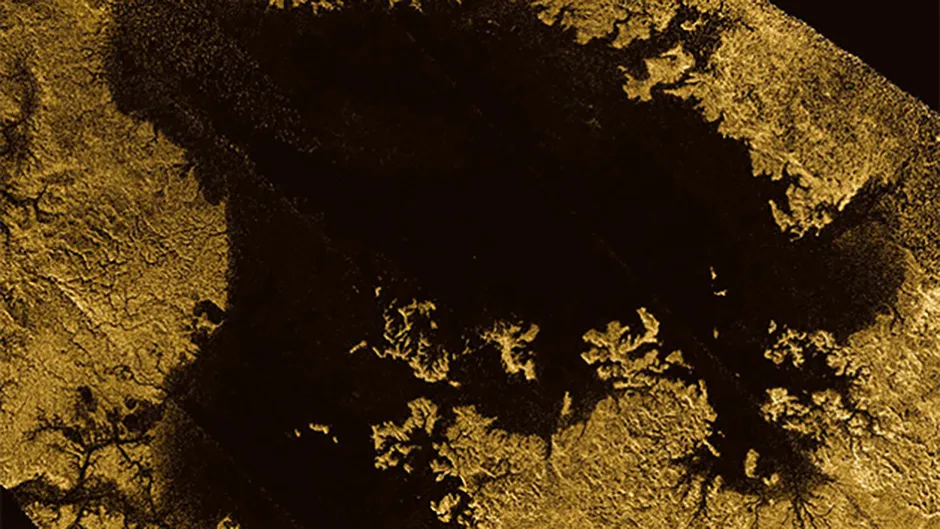Saturn’s largest moon Titan has a sea level just like Earth, according to a new study using data collected by the Cassini spacecraft.
Titan is incredibly Earth-like. It has a liquid cycle that causes rain to fall and form rivers and seas, although in Titan’s case these seas are made of hydrocarbons like ethane and methane instead of water.
It also has a thick atmosphere, unlike any other known moon in the Solar System.
But now Cassini scientists have discovered another Earth-like property on Titan: an average sea level.
Titan’s seas follow a constant elevation relative to its gravitational pull, just like Earth.
Small lakes can be found several hundred metres above its sea level, again just like on Earth.
“We’re measuring the elevation of a liquid surface on another body 10 Astronomical Units away from the Sun to an accuracy of roughly 40 centimetres,” says Alex Hayes ofCornell University, who led the study.
“Because we have such amazing accuracy we were able to see that between these two seas the elevation varied smoothly about 11 metres, relative to the centre of mass of Titan, consistent with the expected change in the gravitational potential.
"We are measuring Titan’s geoid. This is the shape that the surface would take under the influence of gravity and rotation alone, which is the same shape that dominates Earth’s oceans,”

The study also reveals that Titan’s liquid bodies are connected at a subsurface level, whereby hydrocarbons flow underneath the ground just like water flowing through porous rocks on Earth.
The revelation is part of new analysis of Cassini data that has also enabled scientists to map Titan’s topography.
The map shows new mountains and depressions and reveals Titan to be a bit more flat, or oblate, than previously thought.

